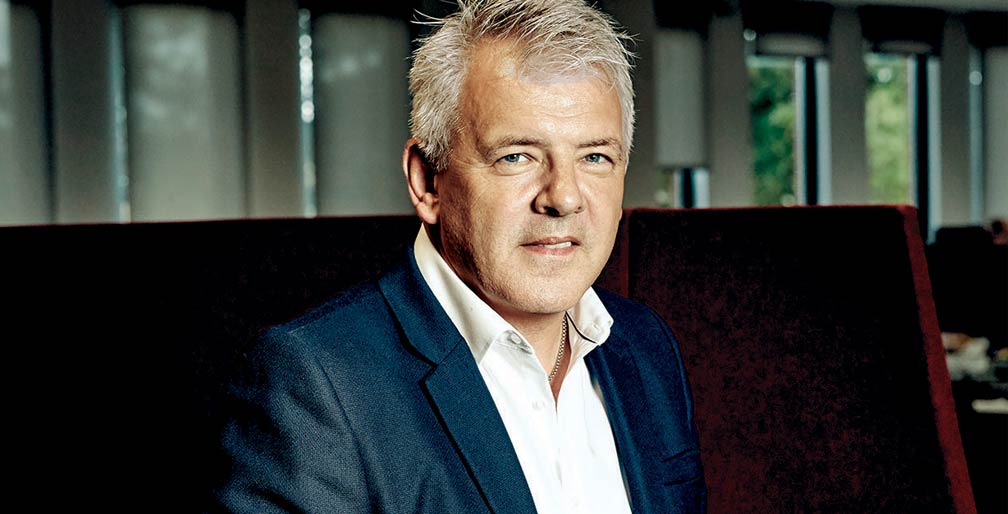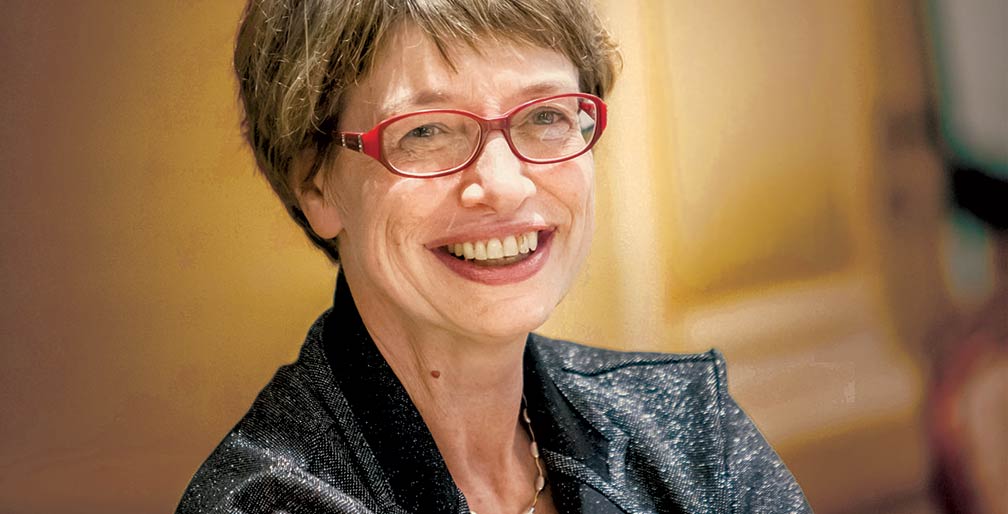Power to the People
Accountability done right is the impetus to superior results.
It increases engagement and ensures that all employees meet their commitments and are responsible for their actions—wherever they live on the org chart.
But far too often, leaders do not know what accountability should really look like. According to a 2017 survey by Lee Hecht Harrison, while globally 72 percent of senior business and human resources leaders believe accountability is a critical business issue, only 31 percent are satisfied with the level of accountability already shown in their own leadership. It seems to be an intractable problem: In a 2014 survey by Partners In Leadership, 72 percent of respondents said they were holding people accountable, but rarely with success. And 50 percent said they disliked accountability because they did not know how to implement it effectively.
The seed of accountability failure can begin with negative association. In many organizations, employees tie the word “accountability” to punishment and blame instead of responsibility and action. But true accountability is not a one-off strategy to suss out culpability. Rather, a strong culture of accountability builds the foundation for sustainable performance.
“Any successful culture has to have accountability built in,” says Paul Cobban, COO, technology and operations, DBS Bank Ltd., Singapore.
Empowering Action
A principal reason for this gap is that many cultures, particularly in large organizations, tend to stifle accountability with white-knuckle control. To create a successful culture of accountability, leaders need to start relinquishing some responsibility and empowering employees lower on the org chart to take ownership of their decisions and actions.
It is an approach that has served DBS well since Mr. Cobban joined the bank in 2009. Back then, many joked that the bank’s initials stood for “damn bloody slow.” Acutely aware of these complaints—as well as the role technology was starting to play in customer expectations—leadership launched an eight-year effort to overhaul how customer experience was handled at DBS. The transformation focused heavily on automation and leveraging the latest technology to eliminate inefficiencies and frustrations.
Each person in the organization was accountable for some piece of the process—the goal of which could be summed up as: “good for customer.” Employees were encouraged to take risks without the prospect of retribution as long as their ideas were motivated by that goal. “We coach our leaders to stop telling and start asking,” says Mr. Cobban. “Even if they don’t agree with what a person wants to do, we say let them go with it and learn from that experience.”
That did not mean employees were given carte blanche, however. “There needs to be a clear set of responsibilities and processes for managing exceptions, and you have to have guardrails that define the rules and give people ownership of the outcome,” says Mr. Cobban.
Instead, the leadership team established a clear vision for the transformation that people could apply to their own roles. For example, DBS’ leadership gave cross-functional teams led by one of the organization’s senior leaders the responsibility of identifying and improving an inefficiency within the customer journey. One team convened a series of workshops to tackle the bank’s reputation for slow service. In the end, employees eliminated 250 million hours of annual customer waiting time out of bank processes.
Mr. Cobban says giving people ownership of outcomes and the freedom to learn from their mistakes was critical to establishing accountability in every rank during the transformation—as well as unleashing the innovation often bottled up in large organizations. “If you tell people what to do, there’s no buy-in,” he says. “But if you tell them they need to improve customer experience any way they want, just as long as they don’t violate guidelines, you empower them.”
Employee empowerment does not end when employees take action, however. True accountability means employees must be able to deal with problems as they arise.
DBS adopted a tactic called “three suggestions and one recommendation.” Instead of simply presenting problems to managers, employees take responsibility by helping to identify an outcome as well. “When people come to a leader for a decision, they’re also expected to come up with three options for improvement,” Mr. Cobban says. “It forces them to evaluate the situation and make a recommendation.”
“If you tell people what to do, there’s no buy-in. But if you tell them they need to improve customer experience any way they want, just as long as they don’t violate guidelines, you empower them.” —Paul Cobban
Good Ratings
Transparency can also be a key driver of for a culture of accountability.
At Cleveland Clinic, for example, “Patients First” has long been the guiding principle. To ensure every employee is held accountable to that cause, the organization relies on metrics at both the macro and micro level.
At the macro level, the organization measures its social, environmental and economic impact. As a signatory of the United Nations Global Compact, a voluntary social responsibility body, the Clinic has pledged to advance the organization in ways that benefit the economies and societies it serves. Each year, the organization publishes a report measuring its progress in various human rights areas including, social, environment and labor.
“Every caregiver has identified individual business and development goals that align to the organization’s priorities and goals. They are accountable to these goals through performance management and reviews.”
—Cynthia Deyling, M.D., chief quality officer, Cleveland Clinic
Micro-level reporting is just as in-depth—and perhaps even more crucial. “I believe that data—and we as physicians are very driven by data—is critical to providing the best care,” says Cynthia Deyling, M.D., chief quality officer, Cleveland Clinic, Cleveland. “Every caregiver has identified individual business and development goals that align to the organization’s priorities and goals. They are accountable to these goals through performance management and reviews.”
The staff and leadership team meet monthly to assess scorecard progress against goals set at the beginning of each year. Everyone in the organization can see each other’s ratings and doctors have a dashboard that compares their performance in critical care areas with that of their peers.
Even board members conduct self-assessments and apply continuous improvement approaches to their operations. “They’re ultimately responsible for the quality and safety of this organization,” Dr. Deyling says. The board does not accomplish this solely through a lofty conference room: They also routinely accompany staffers on rounds to ensure that goals are being met.
The point is not to intimidate, but rather to encourage caregivers to improve their own skills. “If I’m an internist and can see that I’m not doing well in diabetic control while Dr. Jones or Smith is, I can reach out to them,” Dr. Deyling says. “It’s up to me as a physician to address my performance, but it’s up to the leadership to help.”
Transitioning to a culture of accountability is not simple, particularly for people who have grown comfortable with the opacity that can be inherent in many traditional organizations. That is why many leaders, including those at Cleveland Clinic, choose to start small.
The organization started its ratings initiative with anonymized data in order to limit defensive reactions, but the natural competitiveness of the staff took hold from there. It turned out that staffers wanted to know more about how they were doing compared with their peers. “Their natural tendency to not want to be at the bottom of the list drove better performance,” Dr. Deyling says.
The results of Cleveland Clinic’s efforts to build an accountable culture speak for themselves. U.S. News & World Report has ranked the organization the second-best hospital in the United States for both its specialty care and its performance in procedures and conditions. Behind the clinic’s sterling reputation are employees determined to do what is necessary to deliver high performance. All of which, Dr. Deyling says, leads back to empowerment: “Cleveland Clinic achieved the 85th percentile on a recent survey assessing high reliability culture including caregivers’ comfort with speaking up and problem solving.”




